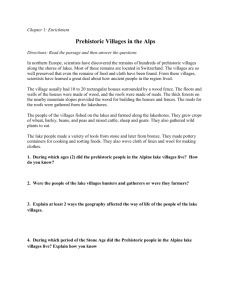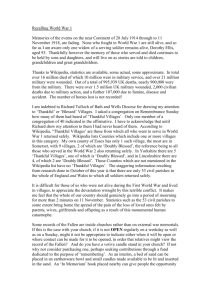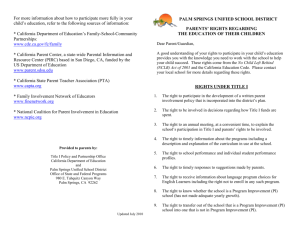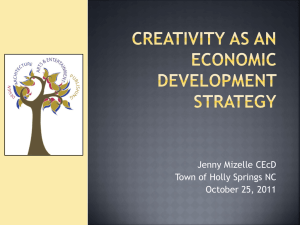Workshop on Participatory Groundwater Management Guwahati
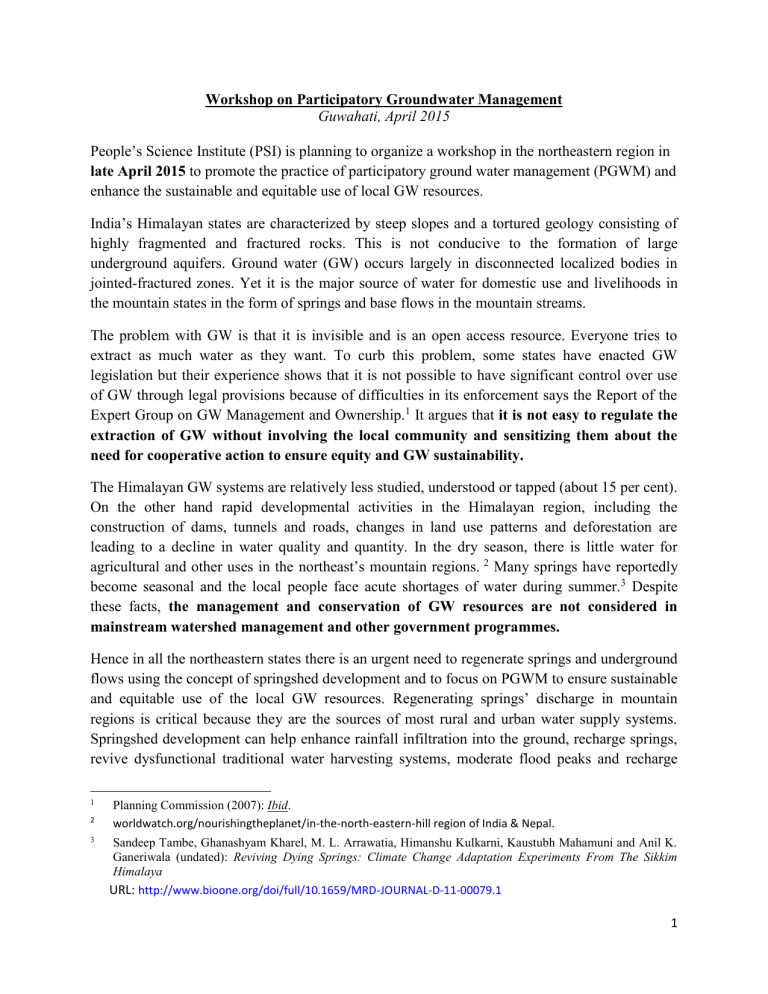
Workshop on Participatory Groundwater Management
Guwahati, April 2015
People’s Science Institute (PSI) is planning to organize a workshop in the northeastern region in late April 2015 to promote the practice of participatory ground water management (PGWM) and enhance the sustainable and equitable use of local GW resources.
India’s Himalayan states are characterized by steep slopes and a tortured geology consisting of highly fragmented and fractured rocks. This is not conducive to the formation of large underground aquifers. Ground water (GW) occurs largely in disconnected localized bodies in jointed-fractured zones. Yet it is the major source of water for domestic use and livelihoods in the mountain states in the form of springs and base flows in the mountain streams.
The problem with GW is that it is invisible and is an open access resource. Everyone tries to extract as much water as they want. To curb this problem, some states have enacted GW legislation but their experience shows that it is not possible to have significant control over use of GW through legal provisions because of difficulties in its enforcement says the Report of the
Expert Group on GW Management and Ownership.
1
It argues that it is not easy to regulate the extraction of GW without involving the local community and sensitizing them about the need for cooperative action to ensure equity and GW sustainability.
The Himalayan GW systems are relatively less studied, understood or tapped (about 15 per cent).
On the other hand rapid developmental activities in the Himalayan region, including the construction of dams, tunnels and roads, changes in land use patterns and deforestation are leading to a decline in water quality and quantity. In the dry season, there is little water for agricultural and other uses in the northeast’s mountain regions.
2
Many springs have reportedly become seasonal and the local people face acute shortages of water during summer.
3 Despite these facts, the management and conservation of GW resources are not considered in mainstream watershed management and other government programmes.
Hence in all the northeastern states there is an urgent need to regenerate springs and underground flows using the concept of springshed development and to focus on PGWM to ensure sustainable and equitable use of the local GW resources. Regenerating springs’ discharge in mountain regions is critical because they are the sources of most rural and urban water supply systems.
Springshed development can help enhance rainfall infiltration into the ground, recharge springs, revive dysfunctional traditional water harvesting systems, moderate flood peaks and recharge
1 Planning Commission (2007): Ibid .
2 worldwatch.org/nourishingtheplanet/in-the-north-eastern-hill region of India & Nepal.
3 Sandeep Tambe, Ghanashyam Kharel, M. L. Arrawatia, Himanshu Kulkarni, Kaustubh Mahamuni and Anil K.
Ganeriwala (undated): Reviving Dying Springs: Climate Change Adaptation Experiments From The Sikkim
Himalaya
URL: http://www.bioone.org/doi/full/10.1659/MRD-JOURNAL-D-11-00079.1
1
mountain streams. Since rain fed rivers are also sustained by base flows, conservation and management of GW also balances seasonal flows in them.
The basic principles of PGWM are:
Recognizing that GW is a common pool resource
Accepting the local aquifer as the minimum unit of its management
Studying the local hydrogeology in assessing the extent of aquifers and identifying their recharge zones
Working towards the conservation, sustenance and equitable use of GW resources by involving the local community.
The concept of PGWM has been successfully applied in geologically different locations by different organizations. Some of these locations include Randullabad and Muthalne villages in
Maharashtra, villages in the Kankavati sandstone area and the Kamaguna-Vatachchad areas of
Gujarat; four villages in Pargi cluster in Telangana and five villages of Thanakasoga Panchayat in Himachal Pradesh.
PSI has assisted the Government of Sikkim to initiate springshed development in drought-prone villages. It has been working in Thanakasoga Panchayat since 2010 (with the financial support of
Arghyam) to promote PGWM practices for the sustainable and equitable use of local GW resources. These interventions have regenerated springs and have led to an improvement in the availability of water in the selected villages. It is now extending this programme to more than 25 villages in Himachal Pradesh, Uttarakhand, the district of Darjeeling and Bundelkhand.
Awareness and community-led action are essential for the success of PGWM. A rapid extension of this approach is required to end the water woes of GW-dependent rural populations. This in turn requires informing policy makers and civil society organizations about PGWM and mainstreaming it through existing national programs like IWMP, MGNREGA, NRDWSP,
Swachh Bharat Abhiyan, CAMPA and aquifer mapping.
To achieve the last objective, PSI is organizing a NE Regional Workshop to discuss PGWM concepts and practice with representatives of the departments of Land Resources, Forests,
Agriculture, Rural Development, Drinking Water & Sanitation, SLNAs, CGWB, members of
PRIs and civil society organizations, researchers and educators among others from all the northeastern states.
-------------------------
2



